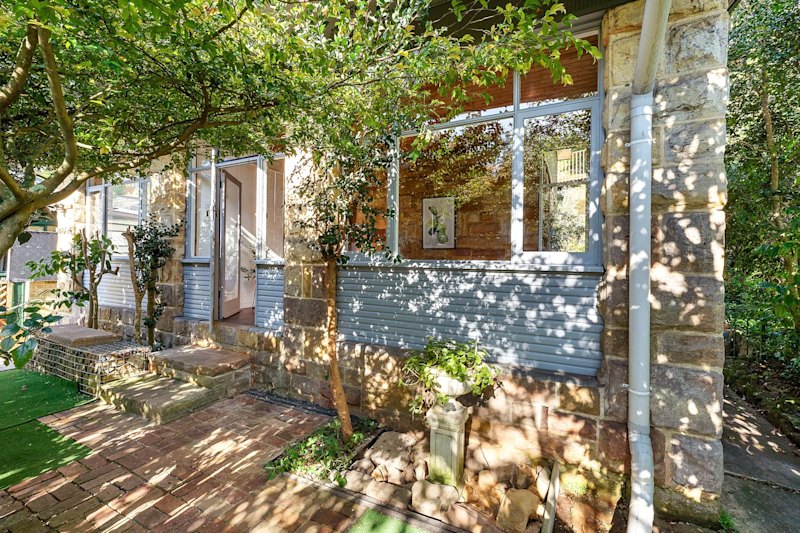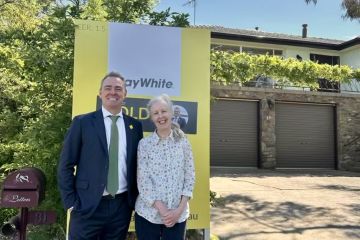'If Scotland can do it, Australia can do it too': Experts push for affordable housing strategy

New South Wales has twice the GDP of Scotland yet when it comes to affordable housing it has failed to do what the British country pulled off in the space of five years.
Now, major stakeholders in the NSW housing industry are pushing for Australia to adopt the Scottish model.
Speaking at the Affordable Housing Conference, Community Housing Industry Association of NSW chief executive Wendy Hayhurst has thrown down the gauntlet to the NSW government, saying if “Scotland can do it, Australia can do it too.”
A lack of funding isn’t the problem, according to Ms Hayhurst, with the latest budget showing the state government is flush with money.
“Scotland is not a rich country like Australia or NSW. It’s nowhere near it,” she said. “Yet you would be very envious of what they’ve got in place.”
Instead, Ms Hayhurst pointed to a lack of commitment and vision by both sides of government.
- Related: Australia’s housing system is ‘broken’, experts warn
- Related: No change for buyers, renters and investors in NSW budget
- Related: No pill for housing pain in fed budget
In 2011, Scotland created a bipartisan national housing policy almost overnight and committed more than $1 billion towards achieving the goal of creating 30,000 affordable homes.
Two thirds of that was earmarked for social housing and one third was delivered as affordable housing.
That goal was exceeded by the end of the first five-year parliamentary term, with a new target of 50,000 more affordable homes set in 2016 for the next five years.
Its success has been put down to its holistic approach that sees housing as not only a social priority but an economic one too, with its remit extending beyond the homeless and the poor and making sure there is good quality mid-market housing for rent and helping aspirational first-home buyers.
“It’s also a very joined-up approach,” Ms Hayhurst said. “It doesn’t just look at renting but also home ownership.
“But more than anything they’ve put money into it and they deliver. They achieved their first target and I’m sure they’ll achieve their second target.”
For NSW to replicate a strategy like Scotland’s, Ms Hayhurst said government needs to muster the political will to prioritise the problem with a bipartisan approach, creating a system-wide plan and funding not-for-profit organisations to deliver housing.
Professor Ken Gibb, director of the UK Collaborative Centre for Housing Evidence at the University of Glasgow, said there were four major mechanisms that achieved the target; capital grants for providers, capital grants for councils, shared equity and an affordable rent program.
He said the strategy has been so successful that Ireland and Wales are in the process of bringing in similar programmes.
“Imitation is the sincerest form of flattery,” said Professor Gibb.
Panellist and housing expert from UNSW’s City Futures Research Centre Professor Hal Pawson acknowledged the NSW government had committed to building 27,000 new social and affordable housing over 10 years, but said only 10,000 homes were additional and the remainder would replace existing stock.
He said that equated to 1000 new homes a year and would fall far below what was required to keep up with population growth let alone meet future shortfalls.
It also paled in comparison to Scotland’s efforts, according to Professor Pawson, of adding up to 10 times as many social and affordable homes to its national housing stock, catering to its similar population size of about five million people.
He acknowledged the problem was more challenging in NSW due to the different system of governance.
“You can’t do a system-wide approach [to housing] from a state level because you don’t control many of the levers like comprehensive tax reform and immigration levels,” he said.
Grattan Institute fellow Brendan Coates said governments inevitably have to decide how much money they spend on housing.
“In practice, no plausible amount of public funding can shield low-income earners from rising housing costs. But making housing cheaper overall will reduce the amount of public subsidy needed to bridge the gap between development costs and what low-income earners can afford to pay.
“In reality a national housing strategy will have to utilise all the policy levers at our disposable to make housing more affordable, for everyone.
“Housing affordability in Australia has reached crisis levels – we’re going to have to throw the kitchen sink at the problem if we’re going to make progress from here.”
We thought you might like
States
Capital Cities
Capital Cities - Rentals
Popular Areas
Allhomes
More







